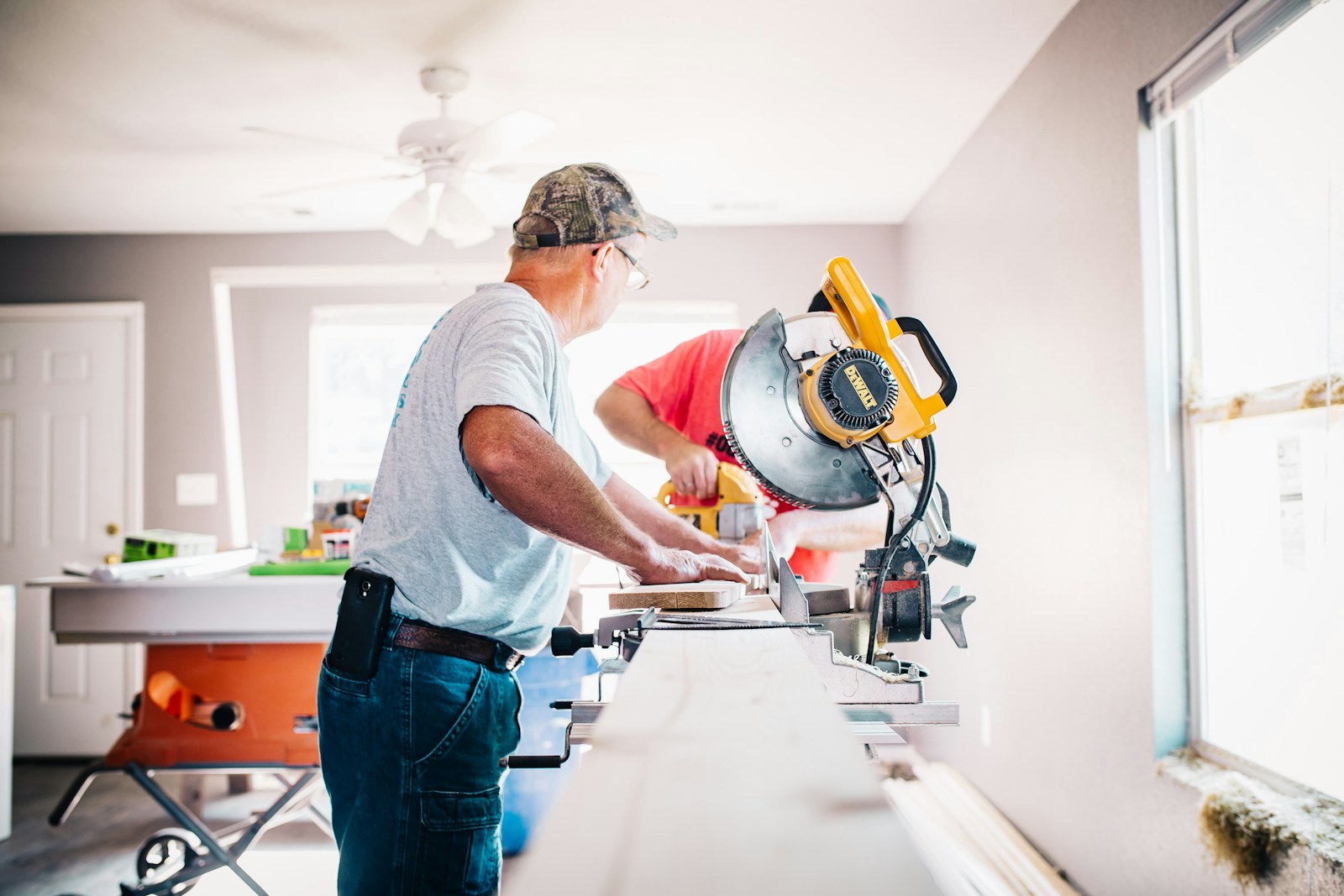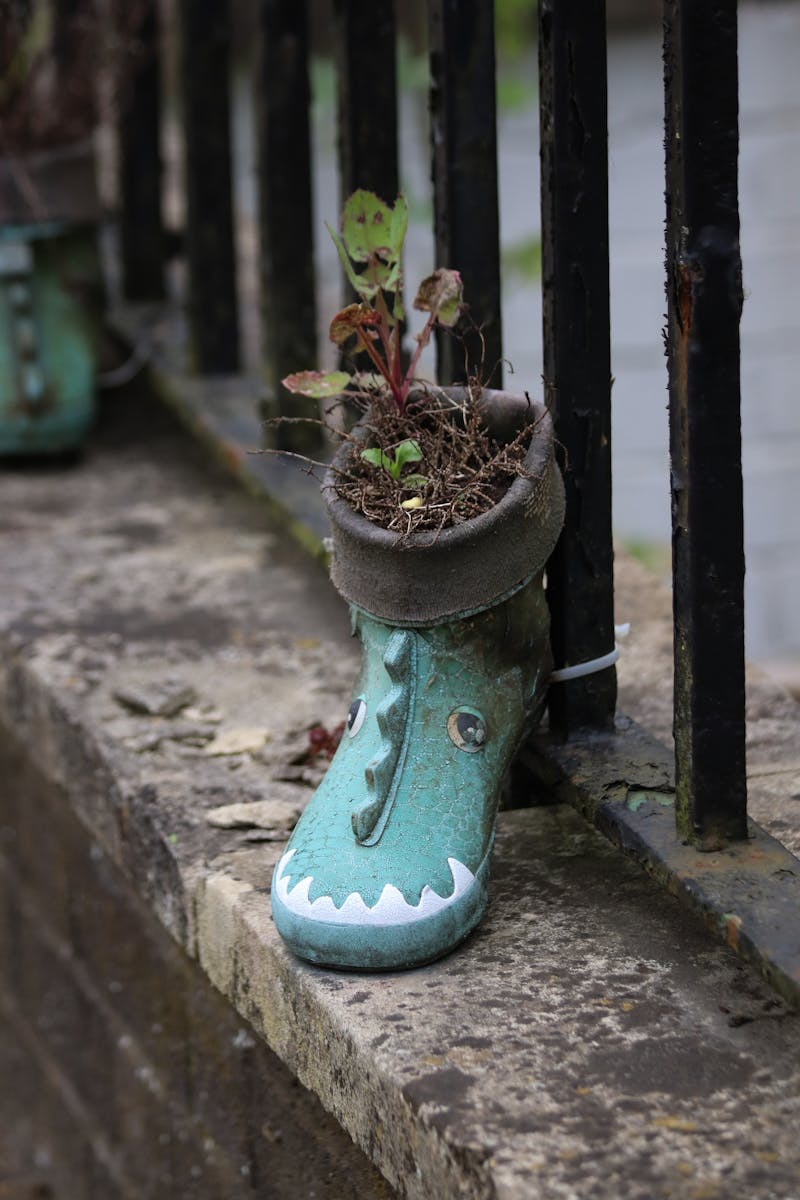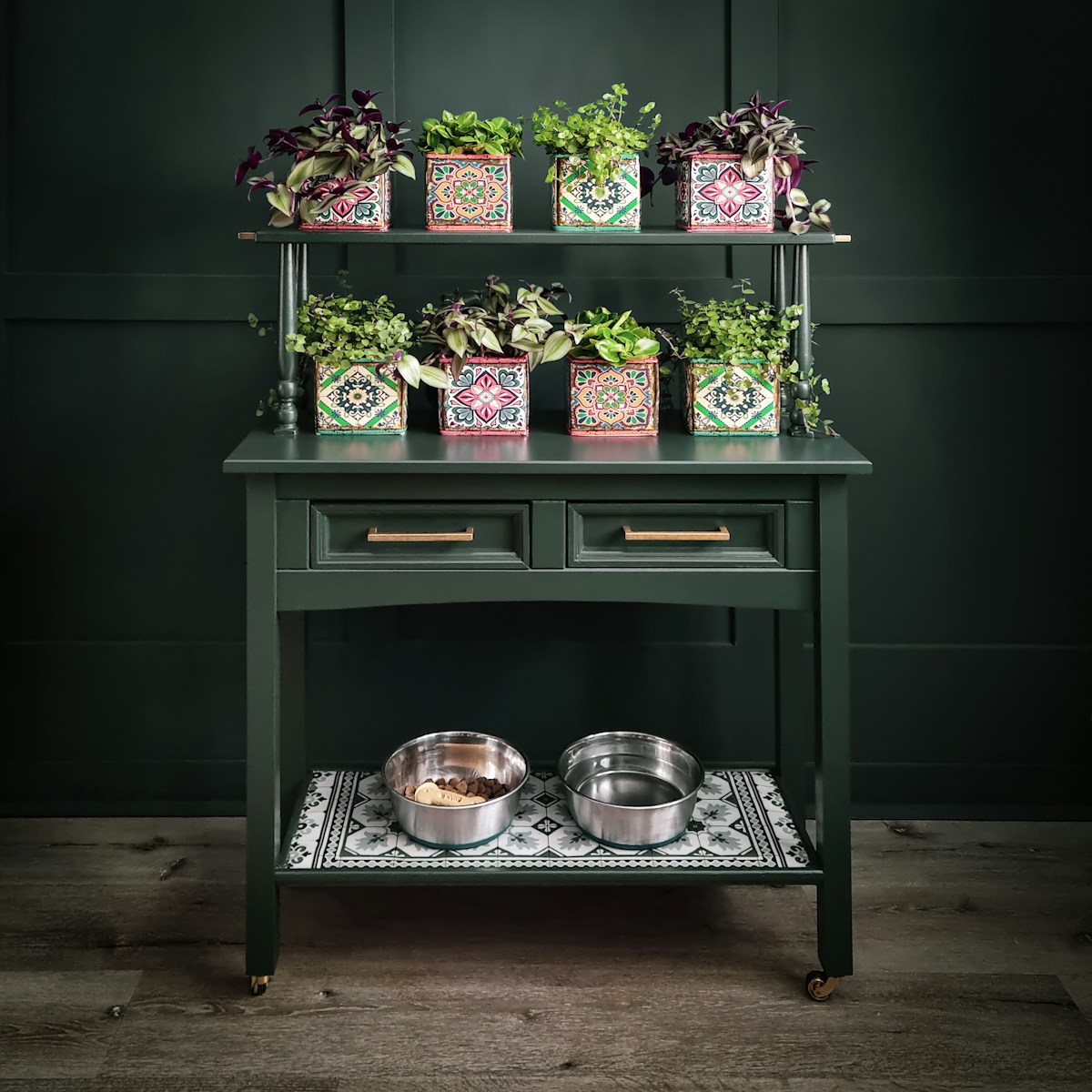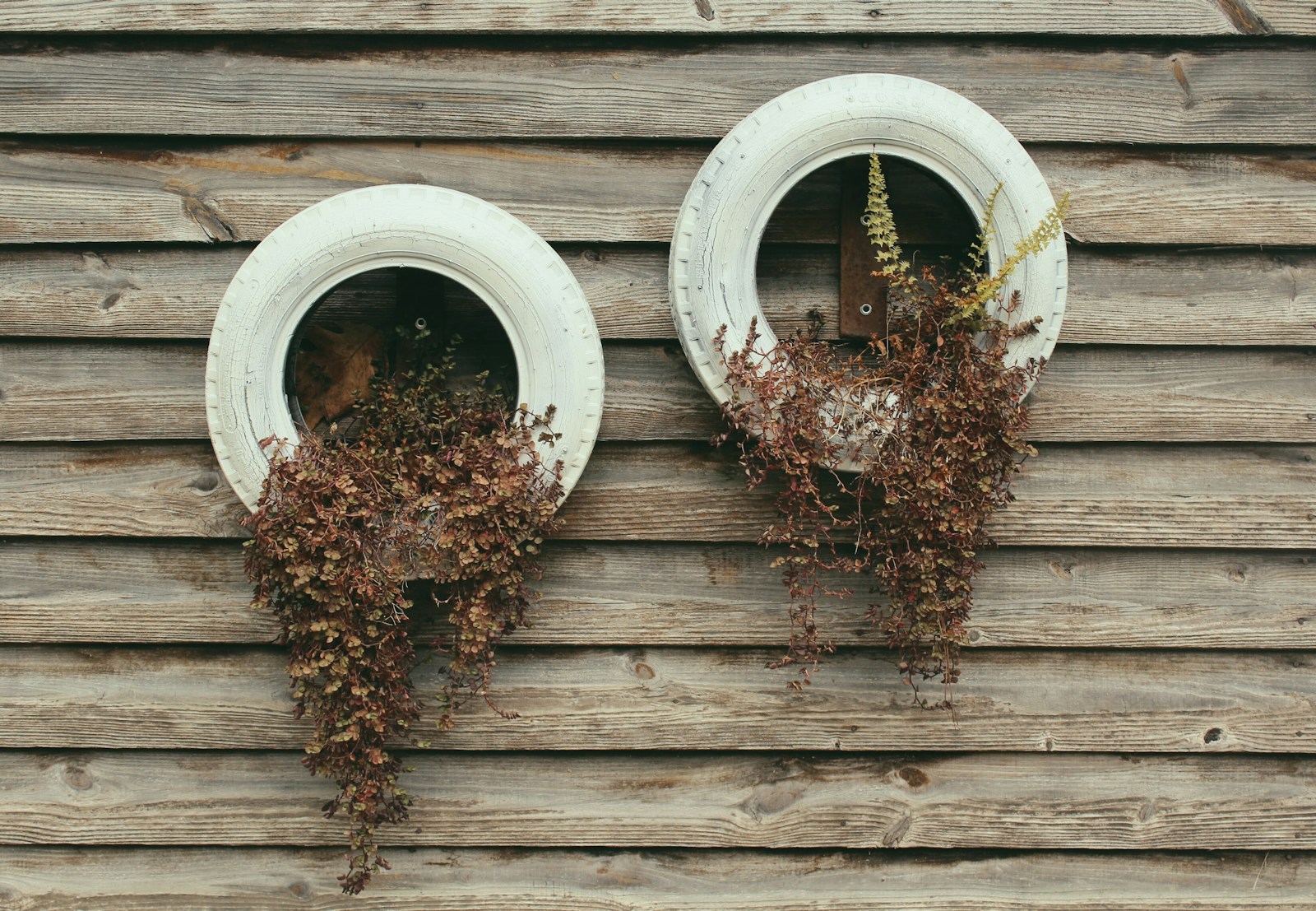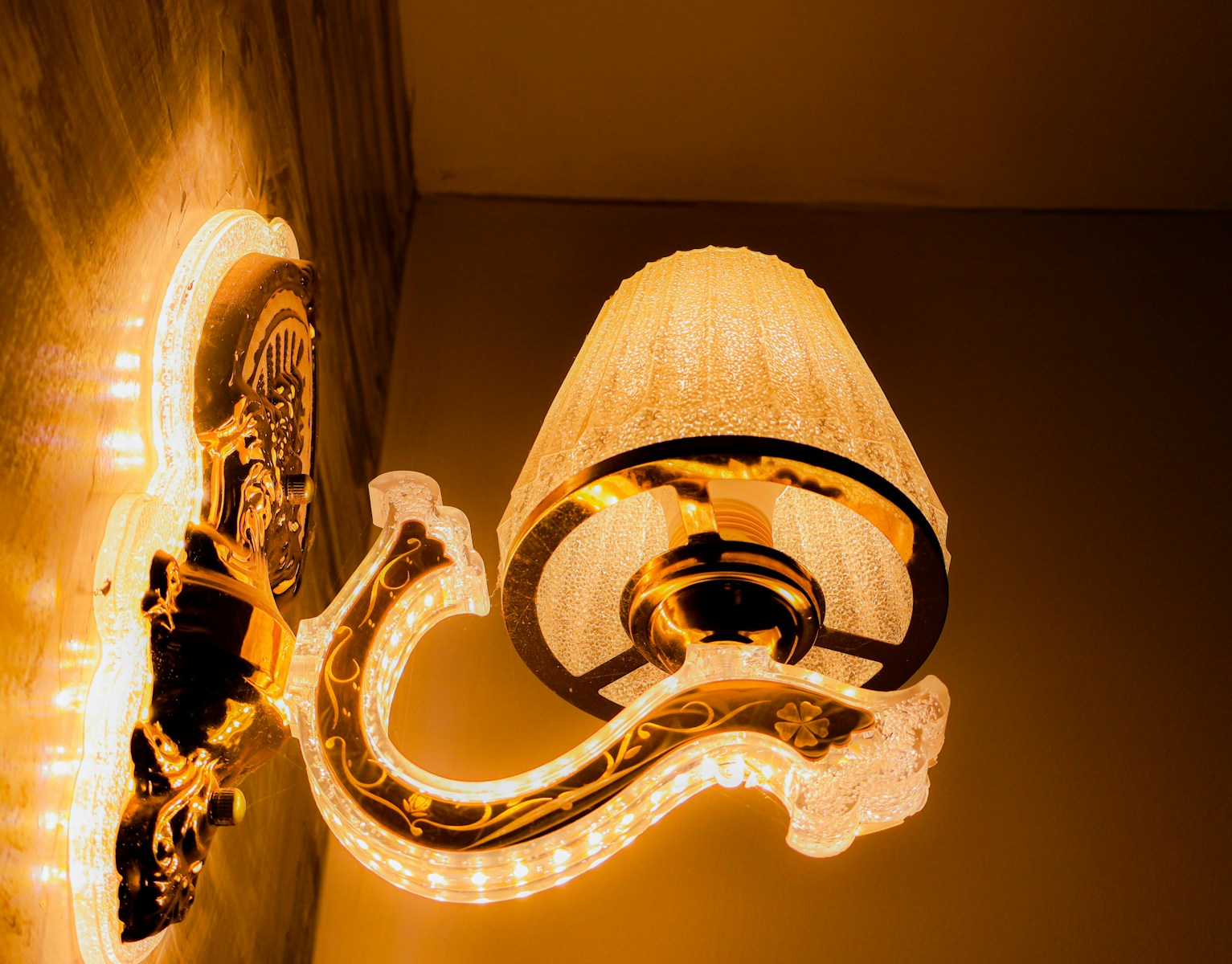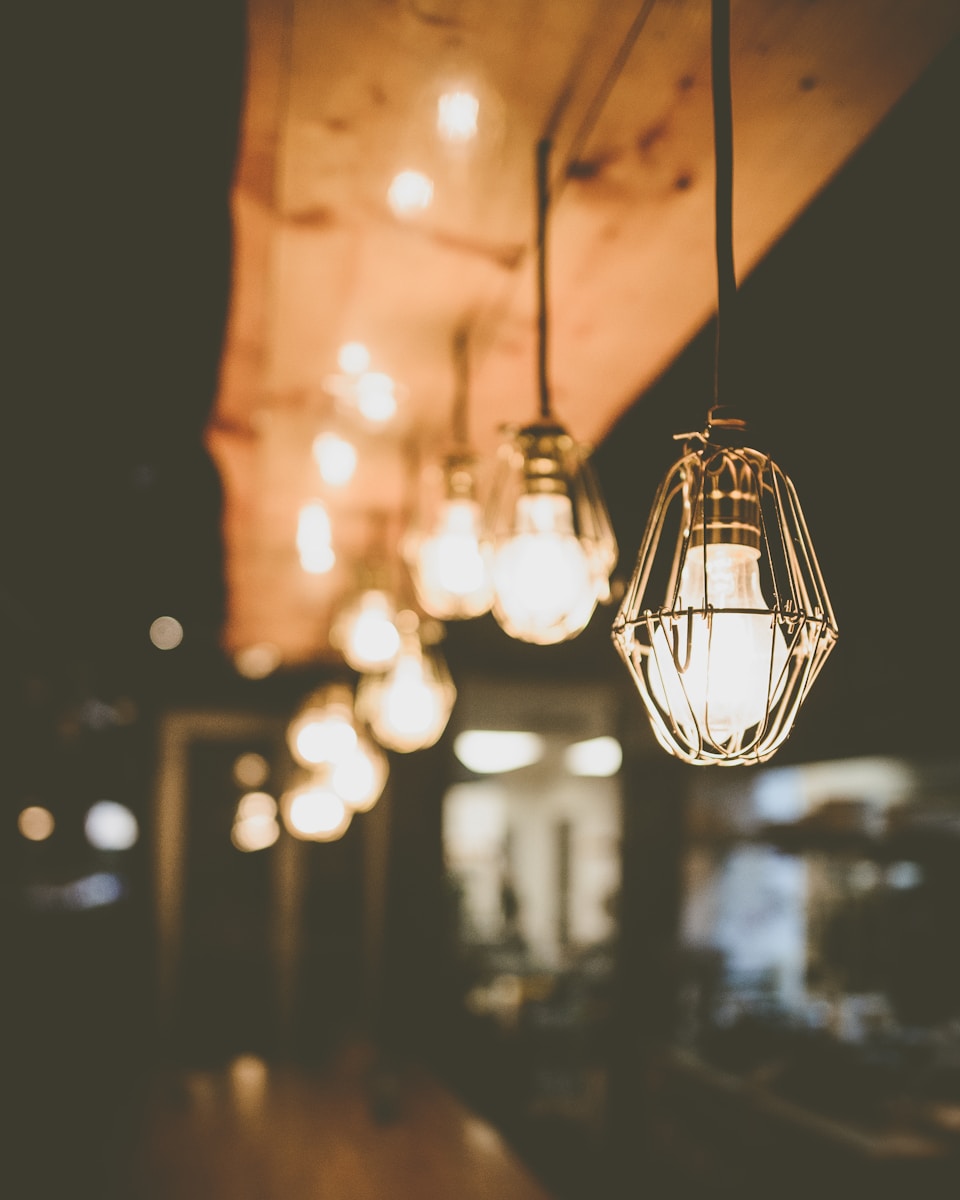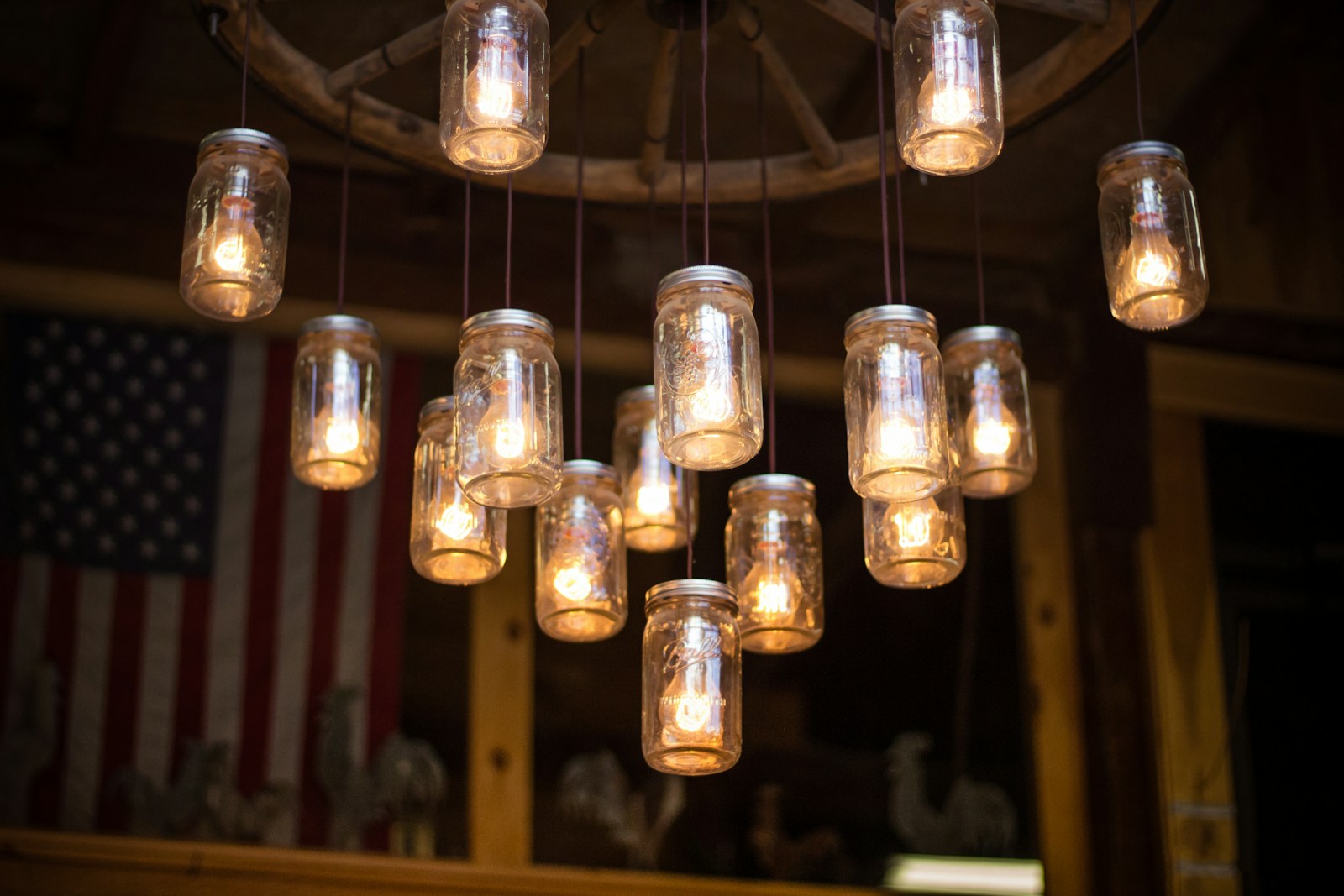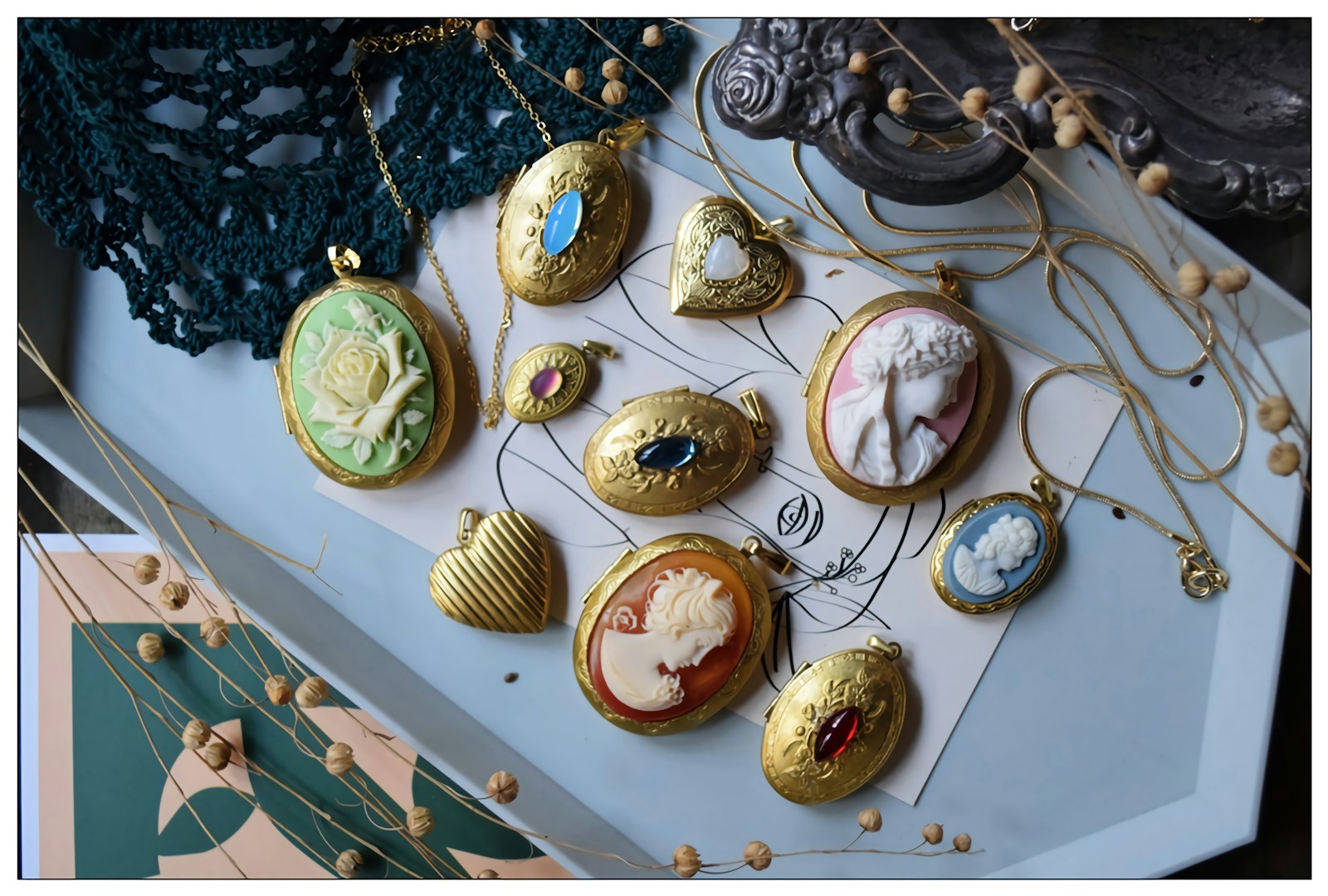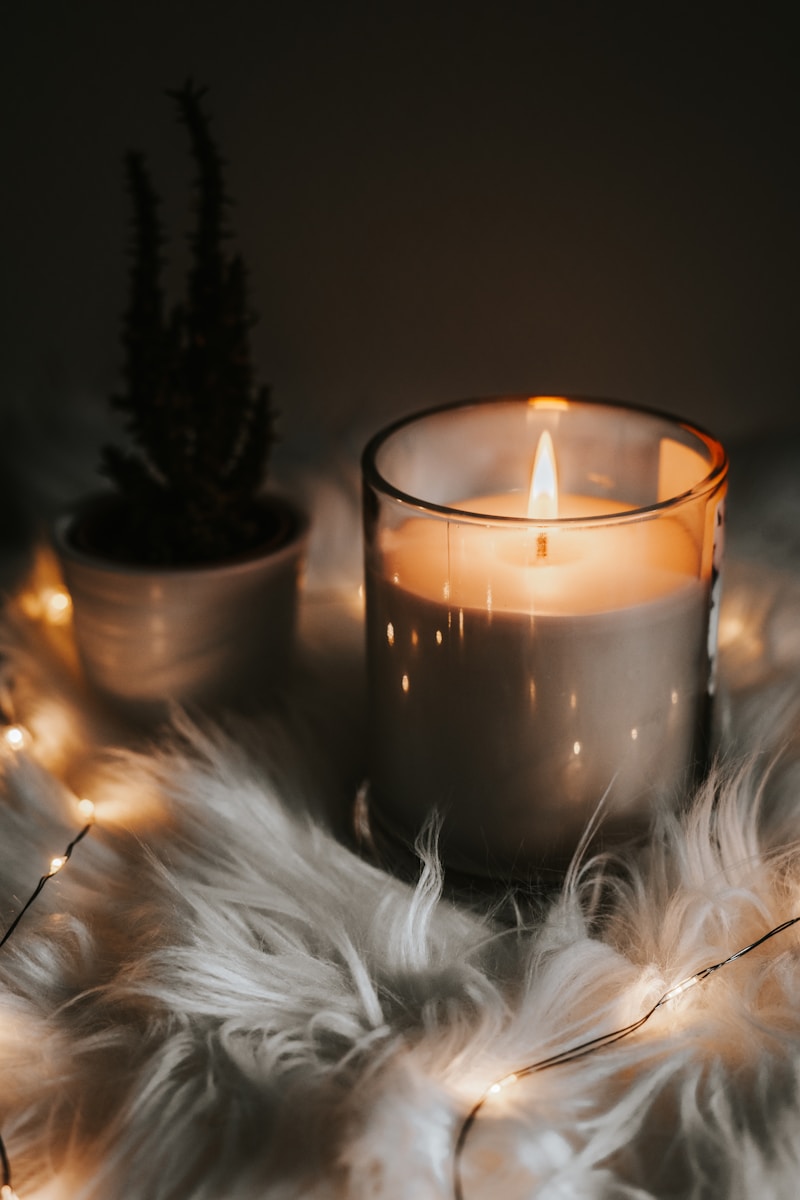How to Turn Old Wood Into Stunning DIY Pieces
Reclaimed and weathered wood has a story—and with a little vision, you can give it a beautiful new chapter. Whether it’s from pallets, fences, barn boards, or furniture scraps, learning how to turn old wood into stunning DIY pieces opens the door to endless creative possibilities. These projects blend rustic charm with functional design, perfect for any home style from farmhouse to modern.
Rustic Wall Shelves
Use narrow planks of old wood to create floating shelves or wall-mounted ledges. Lightly sand the surface to keep its worn character, then seal with a clear coat. Mount with visible metal brackets for an industrial feel, or hide hardware for a sleek finish.
Reclaimed Wood Headboard
Stack pallet boards or old fence panels to build a statement headboard for your bed. Mix widths and finishes for an eclectic look, or stain them uniformly for a more polished vibe. It’s a bold way to add warmth and texture to any bedroom.
DIY Wooden Signs
Create personalized signs using scrap wood pieces. Paint a background, stencil on a favorite quote or word, and distress the edges for a vintage touch. These are great for gallery walls, entryways, or holiday decor.
Farmhouse Coffee or Console Tables
Build a sturdy, character-rich table using reclaimed 2x4s or wide planks. Use a simple rectangular frame and add a weathered top for rustic charm. Finish with hairpin legs for a modern touch or go full farmhouse with crossbeam supports.
Wood Framed Mirrors
Turn old trim or pallet wood into a custom mirror frame. Attach wood pieces around a basic mirror using wood glue and finishing nails. Sand the edges, add a stain or paint wash, and hang it in a hallway, bathroom, or above a dresser.
Wall Art Panels
Use smaller wood pieces to create geometric designs, chevron patterns, or mosaics. Mount the finished artwork on a board or in a frame for rustic wall decor that doubles as a conversation starter.
Planter Boxes and Garden Features
Build planter boxes, vertical gardens, or herb walls using old boards. Leave the natural grain exposed or paint them in bold colors to make your outdoor space pop. Add wheels for mobility or hang from fences for vertical planting.
Entryway Bench or Shoe Rack
Combine reclaimed wood with metal piping or a simple frame to build a functional entryway bench. Use slats for the seating surface and add a lower shelf for shoes or baskets. Sand and seal for durability, especially in high-traffic areas.
Serving Trays and Kitchen Decor
Cut old wood into smaller panels for trays, cutting board decor, or utensil holders. Add handles, food-safe sealant, and a little paint or stenciling for a handmade kitchen accent that’s both stylish and practical.
Conclusion
Old wood has a warmth and authenticity that new materials just can’t match. Whether you’re building furniture, crafting art, or making small home upgrades, these projects show how to turn old wood into stunning DIY pieces that tell a story. Embrace the imperfections, get creative with finishes, and enjoy the satisfaction of transforming reclaimed wood into something truly beautiful and one-of-a-kind.
Frequently Asked Questions
Where can I find old wood for DIY projects?
Check construction sites, salvage yards, old fences, barns, pallets, or even your own garage. Online marketplaces and curbside giveaways are also great sources.
How do I prepare reclaimed wood before using it?
Remove nails or staples, clean with a brush and mild soap, and sand as needed to smooth rough edges. Seal or treat the wood if it will be used indoors or around food.
Is it okay to mix old and new wood in a project?
Absolutely. Mixing adds contrast and character—just be sure the thickness and weight are compatible for stability and design balance.
What finish works best for old wood?
Clear polyurethane or matte sealants preserve the character of the grain. You can also use whitewash, stain, or chalk paint depending on your desired look.
Can reclaimed wood be used for outdoor projects?
Yes, but make sure it’s sealed properly with an outdoor-grade protective finish to prevent rot, moisture damage, or insect issues.
© 2025 GardeningandDecor.com. All rights reserved.
